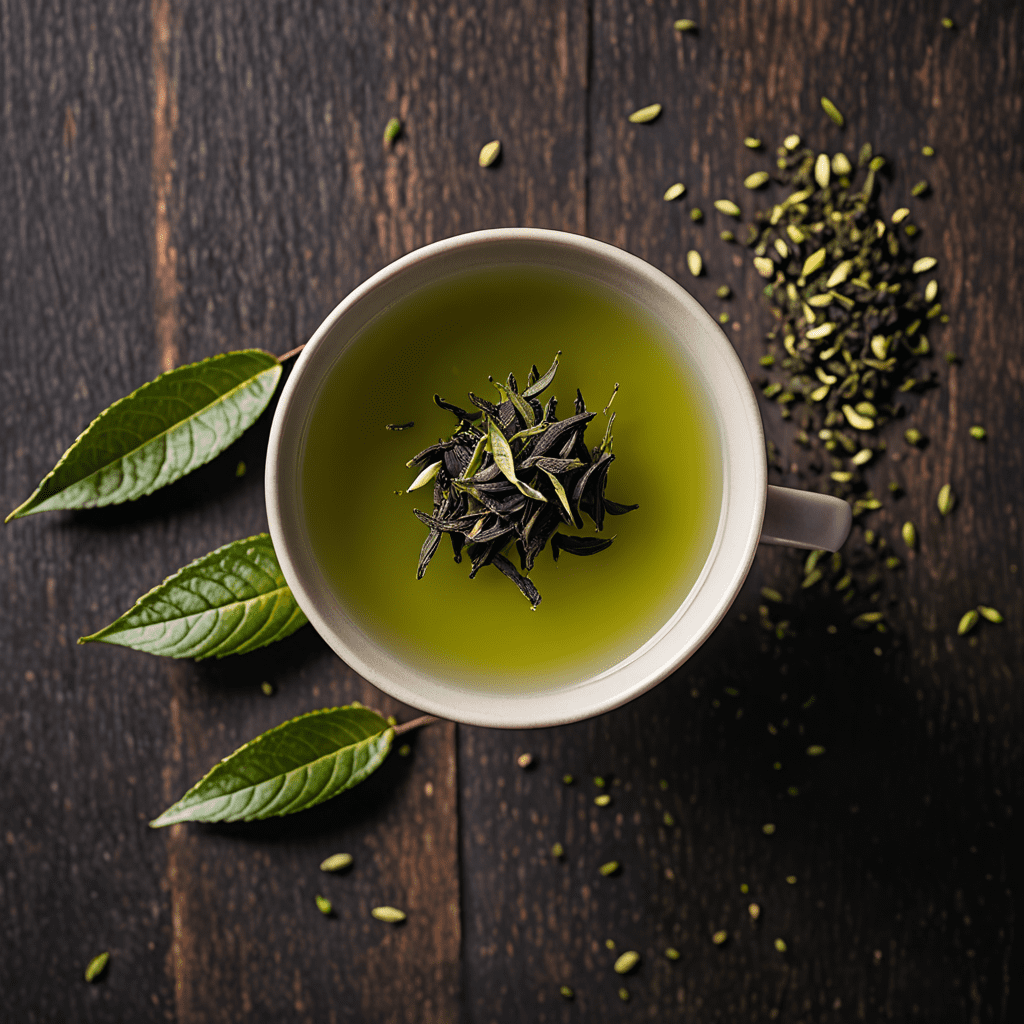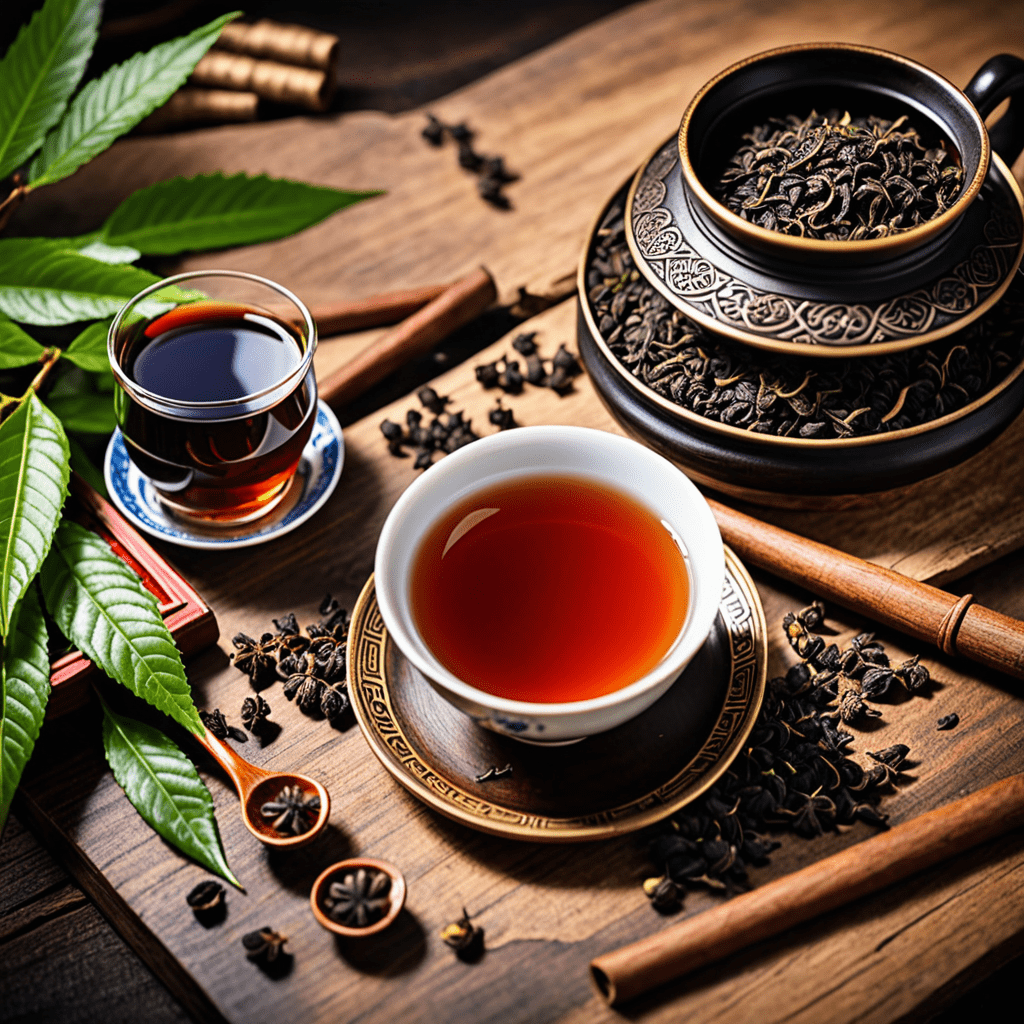Unveiling the True Colors of Oolong Tea: Exploring its Diverse Shades
Understanding Oolong Tea: Is it Black or Green?
Oolong tea, also known as Wulong tea, is a traditional Chinese tea that falls between green and black tea in terms of oxidation. This semi-oxidized tea undergoes a unique processing method that creates a diverse range of flavors and aromas. As we delve into the depths of oolong tea, we can uncover the fascinating spectrum of colors it embodies.
What Makes Oolong Tea Unique?
Oolong tea is characterized by its partially oxidized leaves, varying from 10% to 70%. This oxidation level places it between the unoxidized nature of green tea and the substantial oxidation of black tea. The intricate process of crafting oolong tea leads to an array of flavors, from floral and fruity to woody and toasty, offering a remarkable sensory experience.
The Shades of Oolong Tea: Akin to a Color Palette
When it comes to oolong tea, the spectrum of colors is vast and captivating. From pale green to deep amber, the complexity of oolong tea hues mirrors the diverse oxidation levels and regions where it is cultivated. Each shade embodies a unique set of flavors and fragrances, providing a rich tapestry for tea enthusiasts to explore.
The Myth of Oolong Tea: “Is It Black or Green?”
Given its diverse colors and an intermediate oxidation process, the classification of oolong tea as either black or green can be misleading. While some oolong teas may exhibit characteristics reminiscent of green tea with lighter oxidation, others may lean towards the robust qualities of black tea due to a higher oxidation level. It’s essential to appreciate oolong tea as a category of its own, transcending the binary distinction of black or green.
Appreciating Oolong Tea: Embracing its Nuances
Ultimately, the allure of oolong tea lies in its ability to captivate the senses with its diverse shades and exquisite flavors. Whether sipping a delicate green oolong or indulging in a bold, dark oolong, each cup offers a journey through its nuanced complexities. Embracing the multifaceted nature of oolong tea allows for a deeper admiration of this time-honored beverage.
FAQ
Q: Is oolong tea caffeinated?
A: Yes, oolong tea naturally contains caffeine, but the caffeine content can vary depending on factors such as the specific oolong tea variety and brewing method.
Q: What sets oolong tea apart from black and green tea?
A: Oolong tea stands out due to its unique partial oxidation process, resulting in a wide range of flavors and aromas that differentiate it from both unoxidized green tea and fully oxidized black tea.
Q: How should I brew oolong tea to unleash its flavors?
A: To bring out the best in oolong tea, steep it in water that is around 185-205°F and adjust steeping times based on the specific type of oolong. Experimenting with different steeping parameters can help extract the desired flavors.


